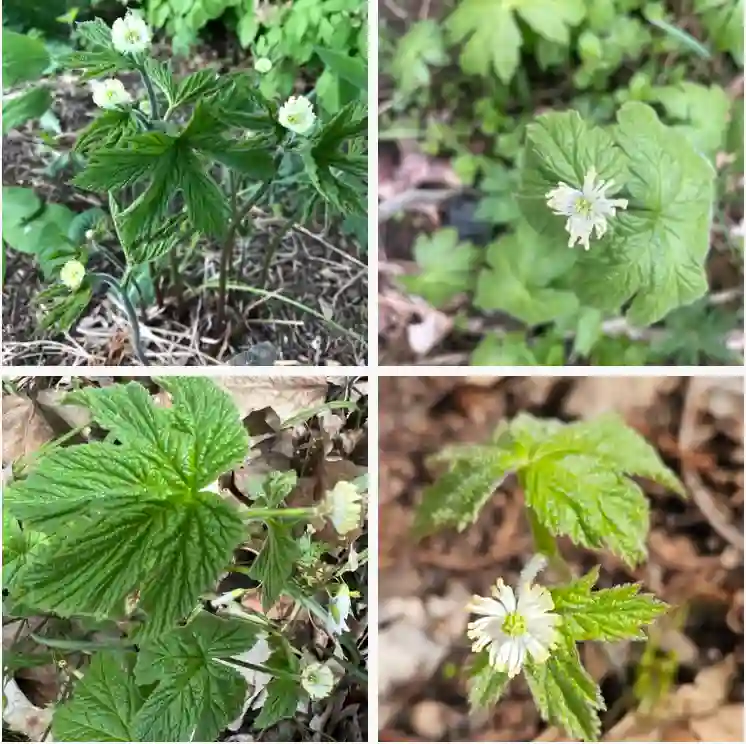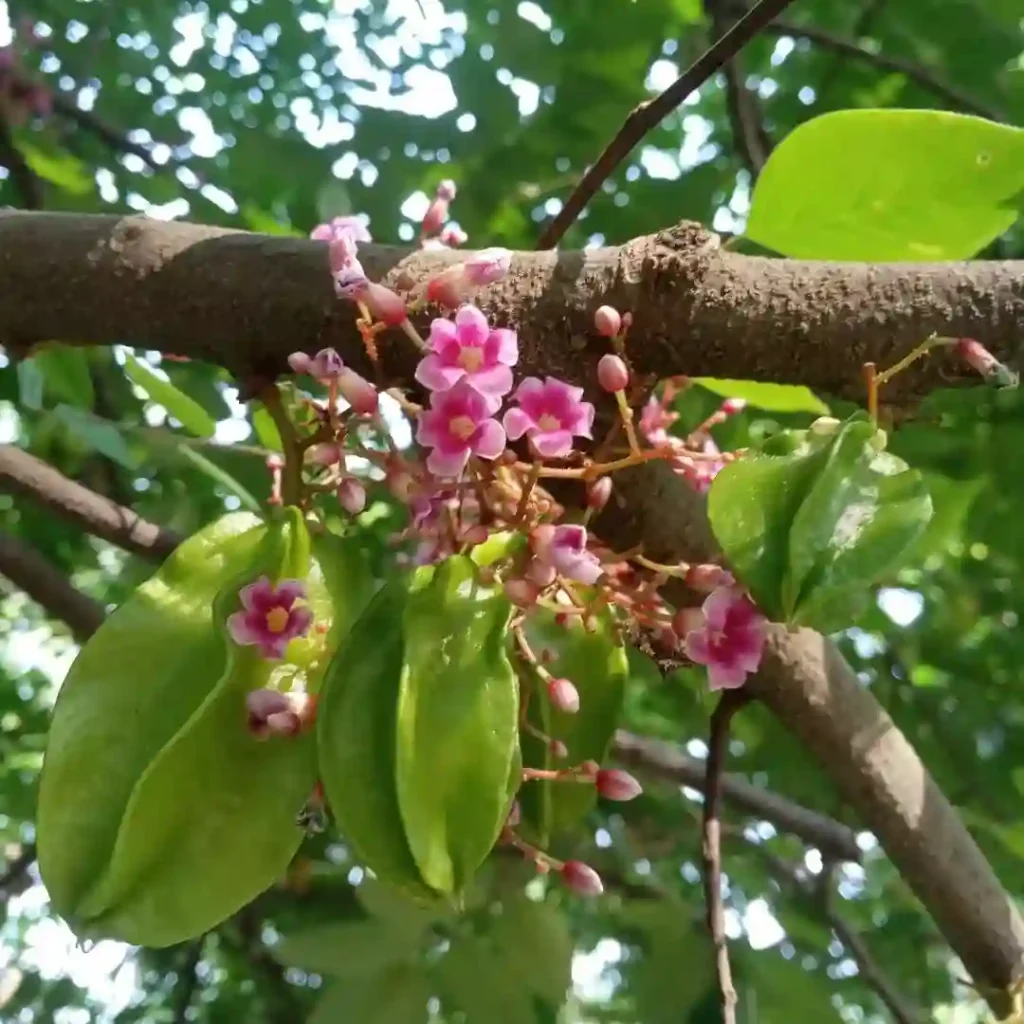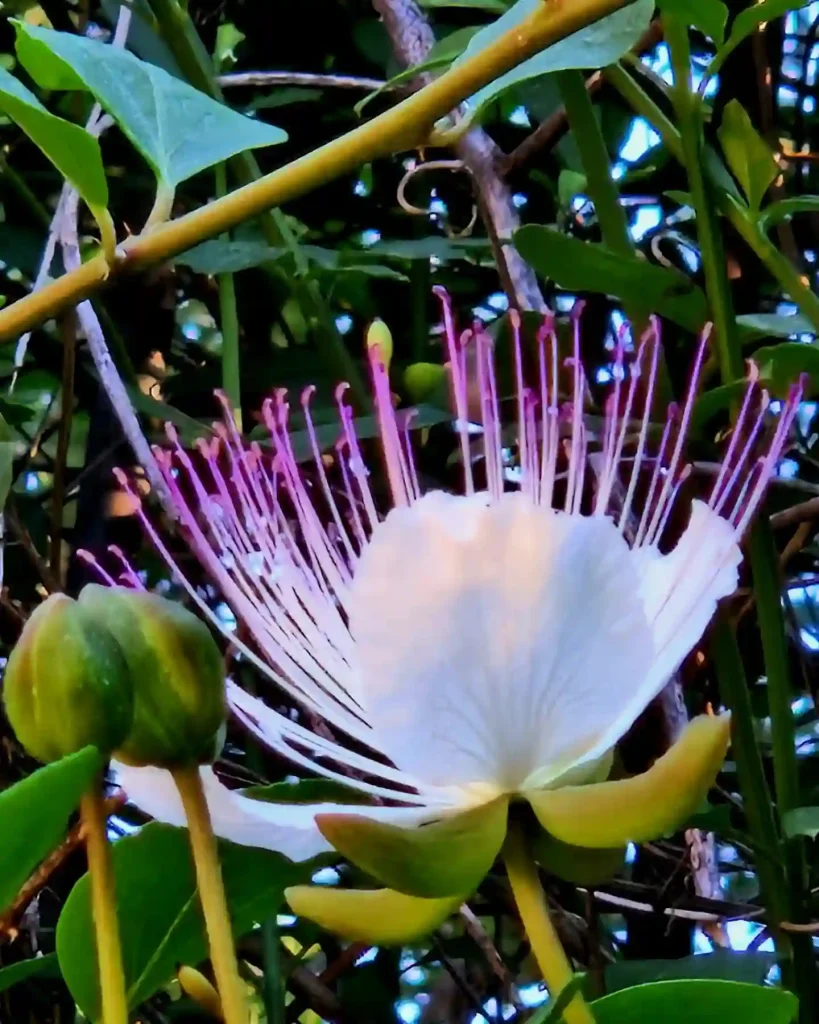What is Scindapsus Hederaceus?
Hey there, plant enthusiasts! Ferb Vu here, and today we’re diving into the world of the Scindapsus Hederaceus, a climbing vine that’s as easy on the eyes as it is to care for.
This Southeast Asian native boasts beautiful, glossy leaves that come in various shades of green, sometimes splashed with silver variegations. It’s a fantastic choice for anyone looking to add a touch of lushness to their indoor space, be it a hanging basket or trailing down a moss pole.
36 Species in Genus Scindapsus
How to care for Scindapsus Hederaceus?
Light: Bright and Indirect, Please
Scindapsus Hederaceus thrives in bright, indirect light. Think dappled sunlight filtering through leaves in a rainforest – that’s the sweet spot. Direct sunlight can scorch the leaves, so keep them away from south-facing windows. Don’t worry, though, they’re surprisingly adaptable and can tolerate lower light conditions, though growth might slow down a bit.
Watering: Let the Soil Dry Out Between Drinks
One of the reasons I love Scindapsus Hederaceus is their forgiving nature when it comes to watering. They hate soggy soil, so err on the side of underwatering. Stick your finger in the soil – if the top inch feels dry, it’s watering time. Give it a good soak until water runs out the drainage holes, then let it dry out completely before watering again.
Humidity: The Higher, the Merrier
Scindapsus Hederaceus hails from the tropics, so naturally, they enjoy higher humidity levels. While they’ll tolerate average household humidity, they’ll truly flourish with a boost. Grouping your Scindapsus Hederaceus with other humidity-loving plants creates a mini microclimate, or you can use a humidifier to keep them happy.
Soil: Well-Draining is Key
A good quality, well-draining potting mix is essential for your Scindapsus Hederaceus. A mixture with perlite or orchid bark will ensure proper drainage and prevent root rot.
Fertilizing: A Light Touch During Growing Season
Scindapsus Hederaceus aren’t heavy feeders. During the growing season (spring and summer), a diluted liquid fertilizer applied once a month is sufficient. Hold off on fertilizing during fall and winter when growth slows.
Common Scindapsus Hederaceus Problems
These low-maintenance plants rarely cause trouble, but here are a few things to watch out for:
- Yellowing leaves: This can be a sign of overwatering. Check the soil moisture and adjust your watering schedule.
- Brown, crispy leaves: This could be due to underwatering or low humidity. Increase watering frequency or mist the leaves regularly.
- Pests: Mealybugs and spider mites are occasional visitors. Treat them with an insecticidal soap solution.
Propagating Your Scindapsus Hederaceus: Sharing the Green Love
Scindapsus Hederaceus is easy to propagate, making it a perfect plant to share with friends. Simply snip off a stem cutting with a few nodes and leaves. Place the cutting in water or moist sphagnum moss and wait for roots to develop. Once the roots are established, you can pot it up in a fresh mix.
Scindapsus Hederaceus vs. Pothos: Friendly Lookalikes
Scindapsus Hederaceus and Pothos are often confused for each other. Both are climbing vines with heart-shaped leaves, but there are some subtle differences. Scindapsus Hederaceus leaves tend to be glossier and more oval-shaped, while Pothos leaves are more matte and heart-shaped. Additionally, Scindapsus Hederaceus grows slower than Pothos.
Ultimately, both Scindapsus Hederaceus and Pothos are excellent beginner-friendly plants. The choice comes down to personal preference – do you prefer the glossier, slower-growing Scindapsus Hederaceus or the faster-growing, more matte Pothos?
Conclusion: Embrace the Easygoing Elegance of Scindapsus Hederaceus
With its beautiful foliage, easy care requirements, and forgiving nature, the Scindapsus Hederaceus is a fantastic addition to any plant collection. So why not bring a touch of the tropics into your home and experience the relaxed elegance of this delightful vine?
If i die, water my plants!



